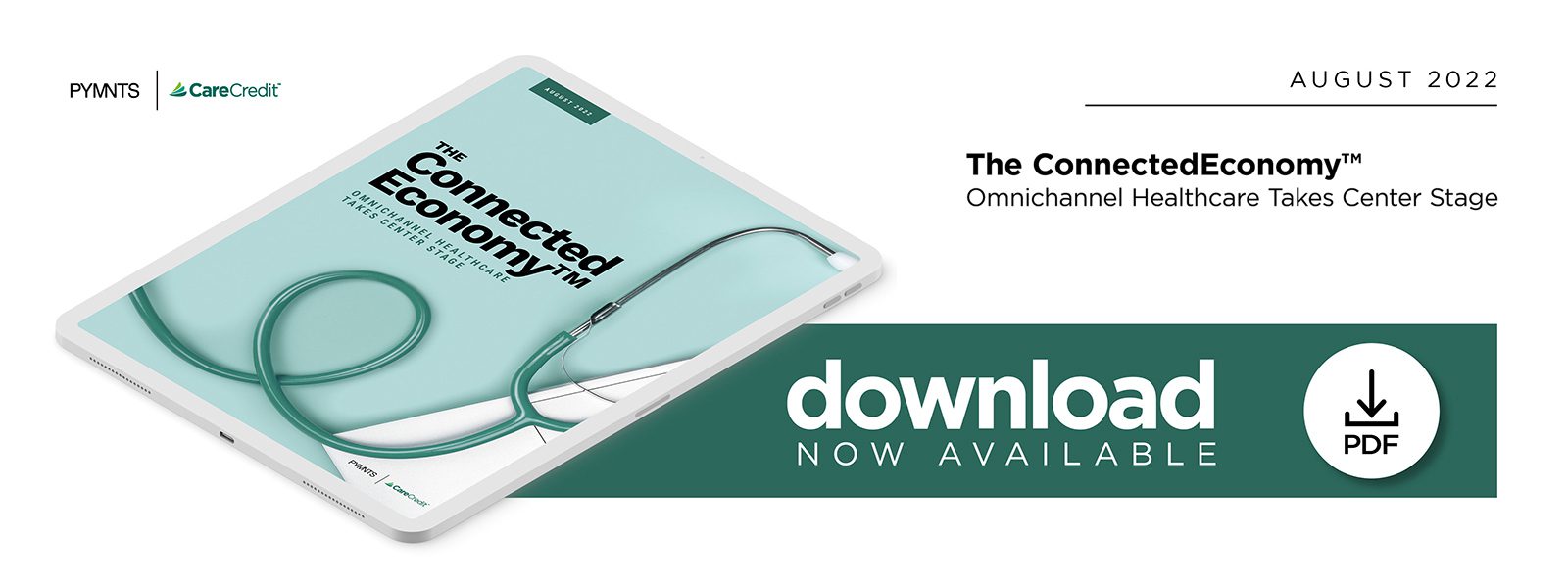119 Million U.S. Consumers Now Get Healthcare Online and In Person
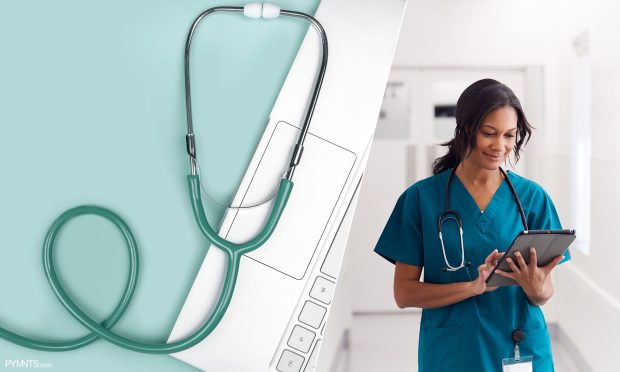
The pandemic has forever altered the healthcare space in the United States. 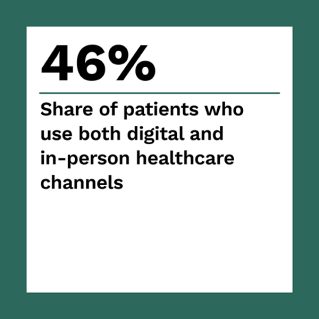 During the pandemic’s early days, U.S. consumers began using digital channels to connect with their healthcare providers, and they have been using patient portals, telemedicine technologies and mobile apps to connect with their providers ever since. Forty-six percent of all U.S. consumers — a projected 119 million — now use a mix of both traditional in-person healthcare options and digital options to access healthcare services, and their numbers are growing.
During the pandemic’s early days, U.S. consumers began using digital channels to connect with their healthcare providers, and they have been using patient portals, telemedicine technologies and mobile apps to connect with their providers ever since. Forty-six percent of all U.S. consumers — a projected 119 million — now use a mix of both traditional in-person healthcare options and digital options to access healthcare services, and their numbers are growing.
The “ConnectedEconomy™: Omnichannel Healthcare Takes Center Stage,” a PYMNTS and CareCredit, collaboration, details how digital and omnichannel healthcare options have become integral to healthcare access. We surveyed a census-balanced panel of 2,735 U.S. consumers about how they engaged with healthcare providers during the month of July to learn more about how their 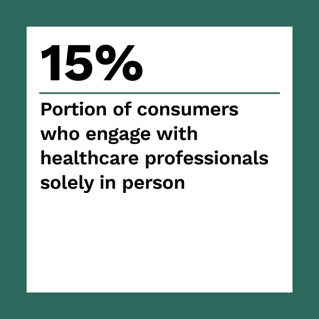 healthcare activities have shifted during the past nine months and the implication for the future of healthcare.
healthcare activities have shifted during the past nine months and the implication for the future of healthcare.
Key findings from our research include the following:
• Like retail, healthcare in the U.S. is now an omnichannel experience. Forty-six percent of consumers engage with their healthcare providers using both physical and digital channels.
• Omnichannel healthcare appeals to consumers of all ages, yet it appeals to Generation Z most of all. Two-thirds of Gen Z consumers use a mix of both digital and in-person healthcare options, while just 29% of baby boomers and seniors do the same.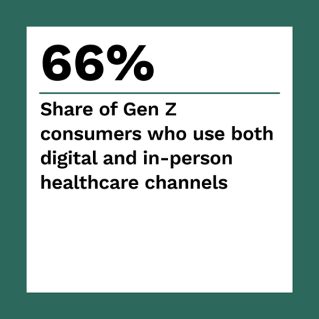
• Low-income consumers are cutting back on healthcare expenditures as inflation surges, but these patients are still adopting digital healthcare tools. Eight percent fewer consumers earning less than $50,000 in annual income reported accessing healthcare of any kind in July than in November, with just 40% of this group using some type of healthcare service that month. Nonetheless, the share of low-income consumers engaging with their healthcare professionals online but not in person has increased by 6% since November 2021. This suggests that digital healthcare options are growing more critical for low-income consumers, and this trend shows no sign of slowing.
These are only a few of the key trends that we are watching unfold in the healthcare space as the ConnectedEconomy continues to grow.
To learn more about how the continued digitization of the U.S. economy is reshaping the healthcare industry, download the report.
